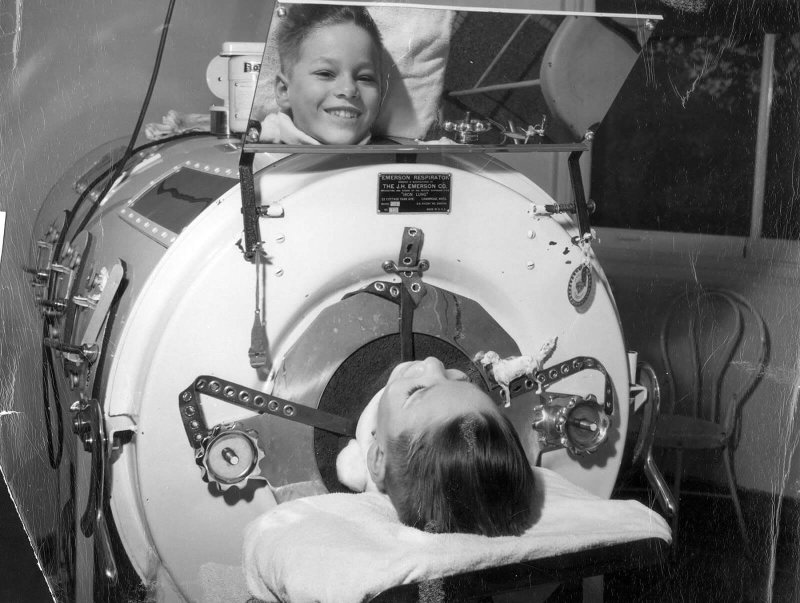So far this year, there have been six known cases of polio infection, in Afghanistan and Pakistan—two of the three countries left in the world where polio remains.
…
You can’t just look at infection numbers and declare victory. You also have to ensure the virus exists only in dedicated labs with obsessively strict safety protocols, and purge it from every other scientific and medical facility that might, maybe, harbor particles of the deadly infection. Such labs are numerous.
…
To uncover those “potentially infectious materials,” the Global Polio Eradication Initiative hosts a big table that lists the dates and locations of wild poliovirus outbreaks, and the times each country did live-virus vaccinations, so labs around the world can scan the database and see whether their samples might have originated in a polio-prone area.
…
Some labs, which might have unwittingly collected poliovirus, initially find the process invasive, but containing an infectious agent is kind of an uncontroversial goal. “No one wants to be that guy who lets polio back into the world,” [Anna Llewellyn, a Global Poliovirus Containment Officer at the CDC] says. “No one wants paralyzed children.”
Read full, original post: Polio is nearly wiped out – unless some lab tech screws up































